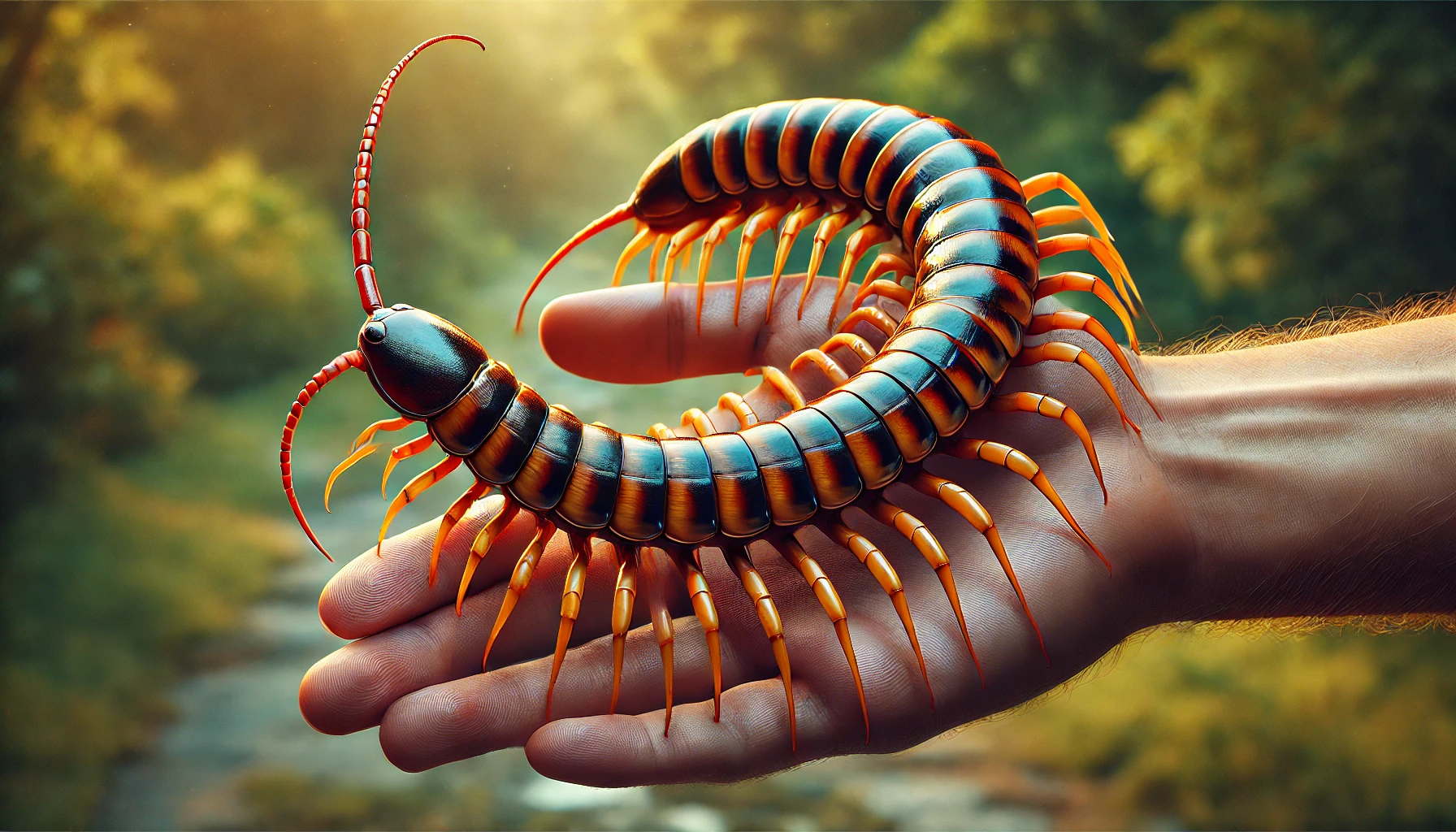This post was written with Consensus AI Academic Search Engine – please read our Disclaimer at the end of this article. Centipede bites, though not typically life-threatening, can cause significant discomfort and a range of symptoms. Understanding the common symptoms and appropriate care measures is essential for managing these bites effectively.
Common Symptoms
Centipede bites often result in immediate and localized pain at the site of the bite. This pain is a universal symptom experienced by all individuals bitten by centipedes1. In addition to pain, several other local symptoms are frequently observed:
- Redness: A majority of patients (81.7%) experience redness around the bite area1.
- Swelling: Swelling is another common symptom, affecting approximately 53.3% of individuals1.
- Heat: Some patients (23.3%) report a sensation of heat at the bite site1.
- Itchiness: A smaller percentage (8.3%) experience itchiness1.
- Bullae Formation: In rare cases (5.0%), bullae or fluid-filled blisters may form1.
Systemic Effects
Systemic effects from centipede bites are rare but can occur. These effects might include symptoms such as nausea, headache, or dizziness. However, such systemic reactions are not commonly reported1.
Care and Management
While the primary focus here is on symptoms and care, it is important to note that proper wound care is crucial in managing centipede bites. Ensuring the bite area is clean and monitoring for signs of infection are key steps in care. Although antibiotic prophylaxis is not typically necessary, patients should be re-evaluated to detect any secondary bacterial infections that may develop2.
Conclusion
Centipede bites can cause a range of symptoms, primarily localized pain, redness, and swelling. While systemic effects are rare, proper wound care is essential to prevent secondary infections. Understanding these symptoms and care measures can help in effectively managing centipede bites.
Disclaimer
The content presented in this blog is generated by Consensus, an AI-powered academic search engine, and is based on publicly available scientific literature. While every effort is made to provide accurate, up-to-date, and well-researched information, the content is intended for informational and educational purposes only. It does not constitute medical advice, diagnosis, or treatment. Always consult a qualified healthcare professional before making any decisions regarding medical conditions, treatments, or medications. The AI system’s analysis may not cover all perspectives, emerging research, or individual cases, and it is not a substitute for professional expertise. Neither the blog publisher nor the developers of the AI-powered search engine are responsible for any actions taken based on the information provided in this content. Use of this information is at your own risk. Citations to the original scientific studies are included for reference, but these studies should be reviewed in full and interpreted with the guidance of a healthcare or research professional.
If you are experiencing a medical emergency, please seek immediate attention from a healthcare provider.
